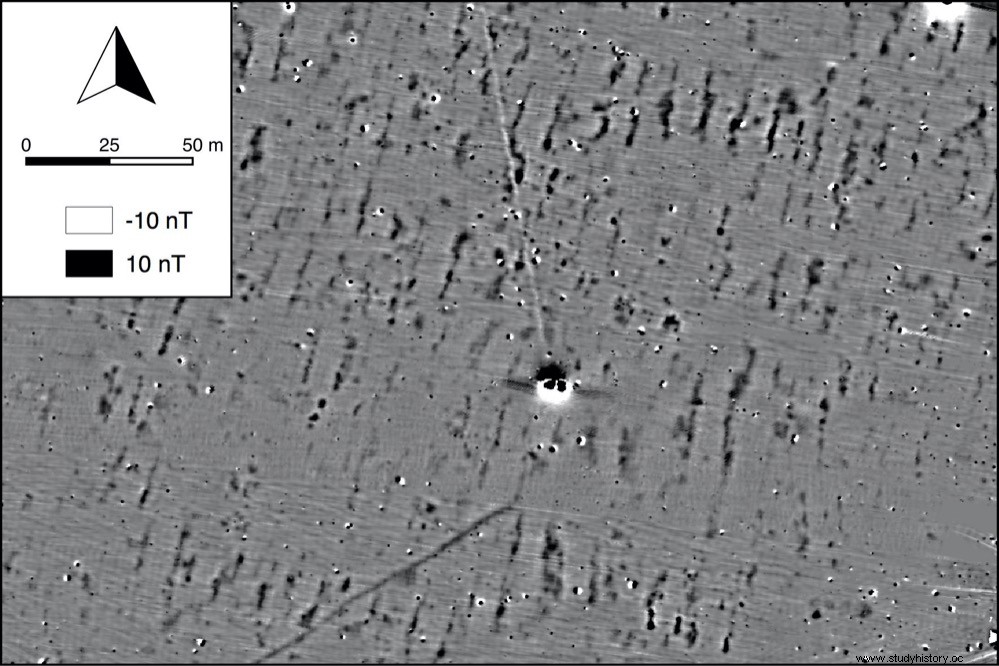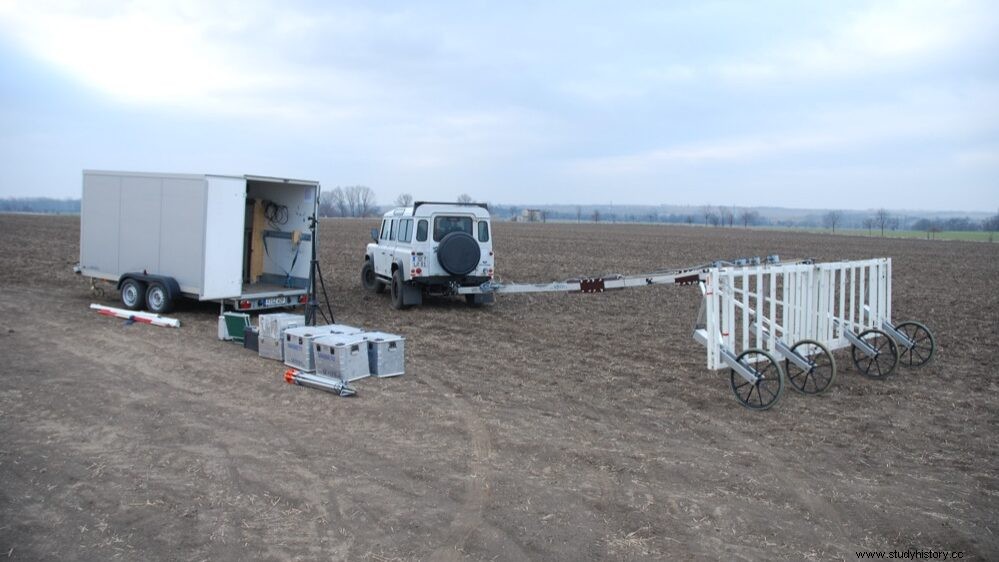Human behavior is influenced by many things, most of which we are unaware of. One of them is a phenomenon known among perceptual psychologists as pseudo-negligence which is why healthy people give preference to their left field of vision over their right and therefore tend to deviate straight lines regularly to the left of center.
A study published in the online journal PLOS ONE now shows for the first time what effect this discreet deviation had on the prehistoric past. A Slovak-German research team has investigated the alignment of the first Neolithic houses in Central and Eastern Europe. Scientists from the Collaborative Research Center (CRC) of Kiel University (CAU) and the Slovak Academy of Sciences were able to show that the orientation of newly built houses deviated to a small extent from that of existing buildings and that this deviation it was regularly counterclockwise.

Archaeologist Dr. Nils Müller-Scheeßel, who coordinated the study within the CRC, says:Researchers have long assumed that the first Neolithic houses represented about one generation, i.e. 30 to 40 years, and that new houses had to be built next to existing ones at regular intervals. Using radiocarbon age determination, we can now show that the new constructions were associated with a barely perceptible counterclockwise rotation of the house axis. We see pseudo-negligence as the most likely cause of this .
This insight was made possible by interpreting one of the fastest growing archaeological data sets today, namely the results of magnetic geophysical measurements. Differences in the earth's magnetic field are used to visualize archaeological features found underground. Early Neolithic house plans are among the best types of identifiable features.

In recent years, we have discovered hundreds of Early Neolithic houses in our field of work in southwestern Slovakia using geophysical prospecting methods. The excavation of all these houses is neither possible nor desirable for reasons of conservation of the monuments. The ability to use pseudo-neglect to include the houses in a relative sequence without excavating takes our investigation to a whole new level says Müller-Scheeßel. Absolute dating with scientific methods must, of course, confirm the basic trend in each case .
The study also references comparable archaeological observations in other places and times, which show that similar shifts in orientation appear to apply to more recent prehistoric periods as well. The meaning of pseudo-negligence thus extends far beyond the dating of the first Neolithic houses.
